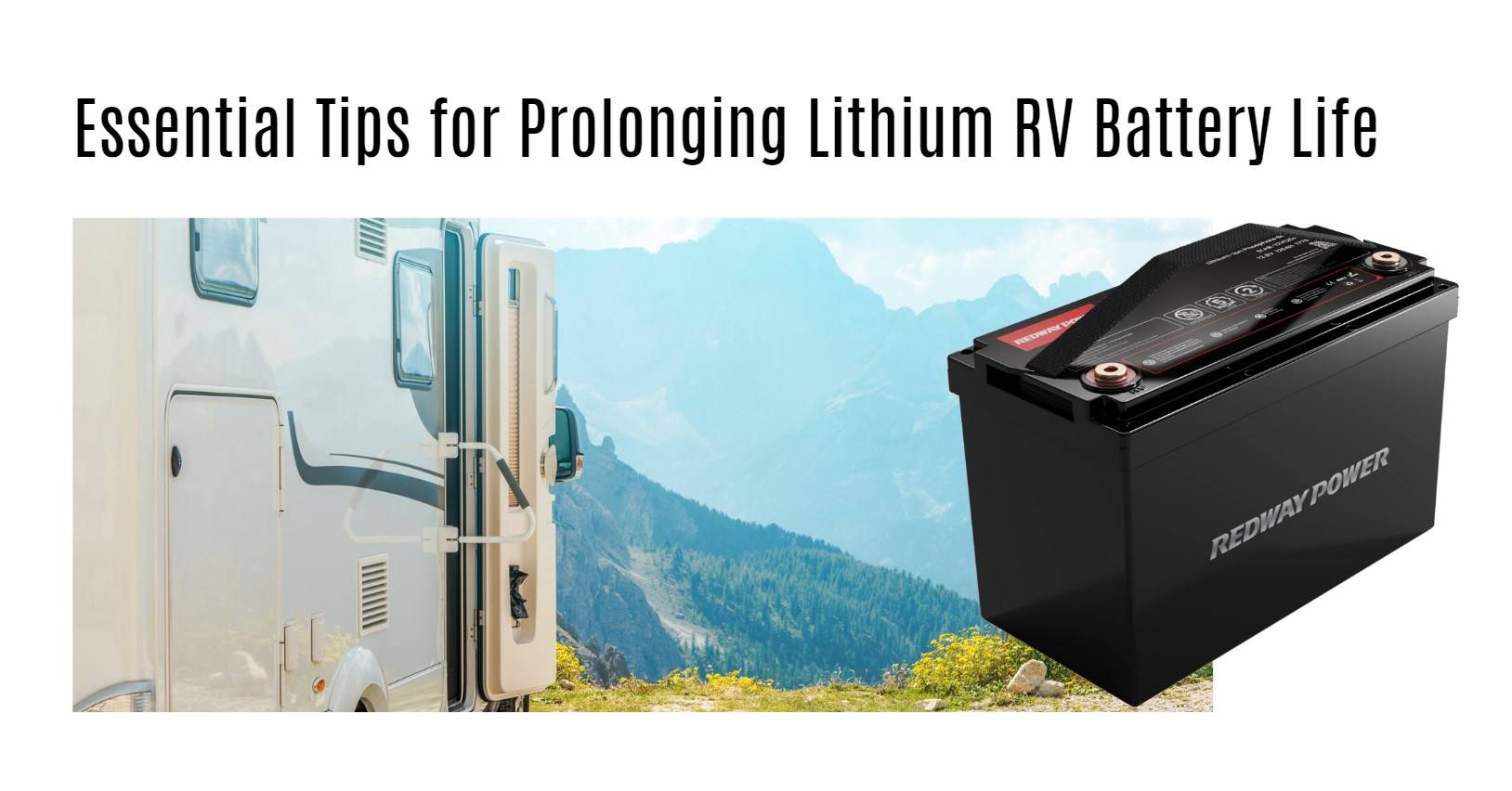Lithium RV batteries have revolutionized the recreational vehicle industry due to their impressive lifespan, light weight, and superior energy density. Proper charging practices are crucial for maximizing the longevity and efficiency of these batteries. Below, we present a detailed guide on how to charge a lithium RV battery, enriched with expert insights and actionable steps.
Understanding Lithium RV Batteries
Lithium-ion batteries offer several advantages over traditional lead-acid batteries, including higher energy density, faster charging, and longer life. However, these benefits come with the necessity of following specific charging protocols to prevent damage and ensure optimal performance.
Step-by-Step Guide to Charging a Lithium RV Battery
1. Review Manufacturer’s Instructions
Before charging, always consult the manufacturer’s instructions for your specific lithium RV battery model. Each brand may have unique requirements and safety guidelines that are essential to follow.
2. Check the State of Charge (SOC)
Using a voltmeter or battery monitor, measure the State of Charge (SOC) of your lithium battery. Typically, lithium batteries should be charged when the SOC is between 20% and 80%. Charging outside this range can reduce the battery’s lifespan.
3. Select an Appropriate Charger
Ensure you use a charger designed for lithium-ion batteries. It should match the voltage and current specifications of your RV battery. A charger with a built-in Battery Management System (BMS) is highly recommended as it helps prevent overcharging and overheating.
4. Connect the Charger Correctly
Securely connect the charger to the battery using the appropriate cables and connectors. Double-check the polarity to avoid damaging the battery’s internal circuitry. Some lithium RV batteries come with built-in protection mechanisms, but incorrect connections can still cause harm.
5. Initiate the Charging Process
Once connected, turn on the charger and monitor the charging progress. Modern chargers often come with displays or indicator lights to show the charging status. Ensure the charging process is proceeding correctly and intervene if any anomalies arise.
6. Disconnect the Charger Post-Charge
After the battery is fully charged, promptly disconnect the charger. Leaving the charger connected can lead to overcharging, which may degrade the battery’s capacity and lifespan.
Essential Tips for Prolonging Lithium RV Battery Life
Regularly Monitor Battery Health
Use a reliable battery monitor to keep track of the battery’s health and performance. Regular monitoring can help you catch potential issues early.
Avoid Extreme Temperatures
Lithium batteries are sensitive to temperature extremes. Avoid charging or discharging the battery in very hot or cold environments to prevent damage.
Use Quality Chargers
Investing in a high-quality charger designed for lithium batteries is crucial. Substandard chargers can cause improper charging and reduce the battery’s lifespan.
Maintain an Optimal SOC Range
Try to keep the battery’s SOC between 20% and 80%. This practice can significantly extend the battery’s useful life by reducing stress on the cells.
Store Properly When Not in Use
If you plan to store your RV or the battery for an extended period, ensure the battery is charged to about 50% and stored in a cool, dry place.

Conclusion
Charging a lithium RV battery correctly is vital for maintaining its efficiency and longevity. By adhering to the manufacturer’s guidelines, using the right equipment, and following best practices, you can ensure that your battery performs optimally and enjoys a long service life. Proper care and regular monitoring are key to reliable power for all your RV adventures.



